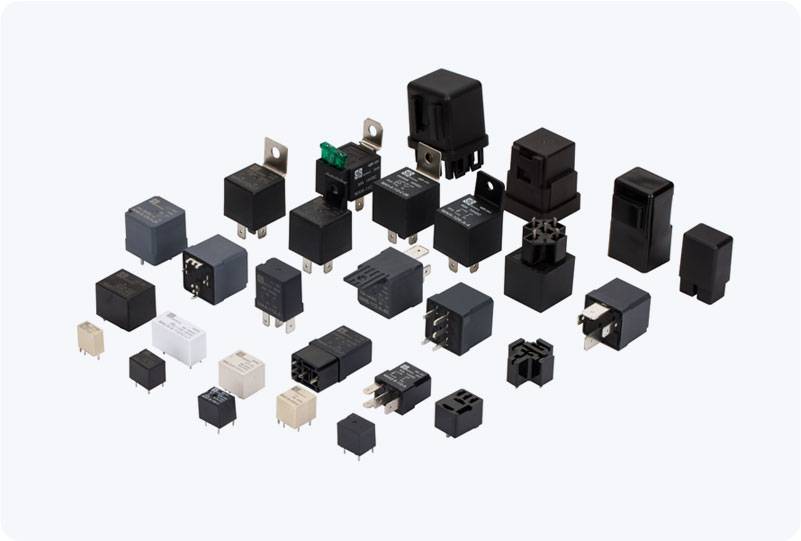latching relay for power systems: enhancing efficiency and reliability
Release time:2025-08-22 19:14:49
In modern power systems, efficient and reliable control of electrical circuits is crucial to ensure stable operation, reduce energy consumption, and enhance the overall system performance. One critical component in achieving these goals is the use of latching relays. Unlike traditional relays, latching relays offer distinct advantages in various power system applications, making them an essential choice for engineers and system designers aiming to improve the efficiency and reliability of electrical operations.

What is a Latching Relay?
A latching relay is a type of relay that has two stable states: set and reset. It does not require continuous power to maintain its position, unlike standard relays, which need continuous current to keep a circuit in a closed or open state. A latching relay switches between its set and reset positions only when a pulse is applied to the relay coil. Once the relay changes its state, it remains in that position until another pulse is applied. This feature allows the relay to consume power only during the transition between states, making it energy-efficient compared to conventional relays.

